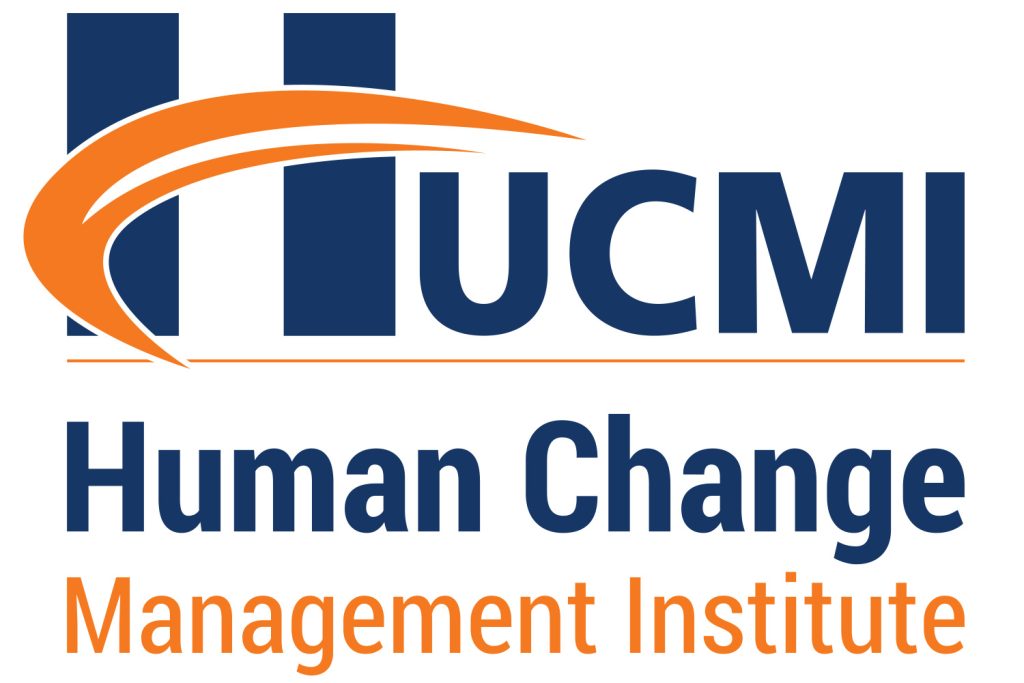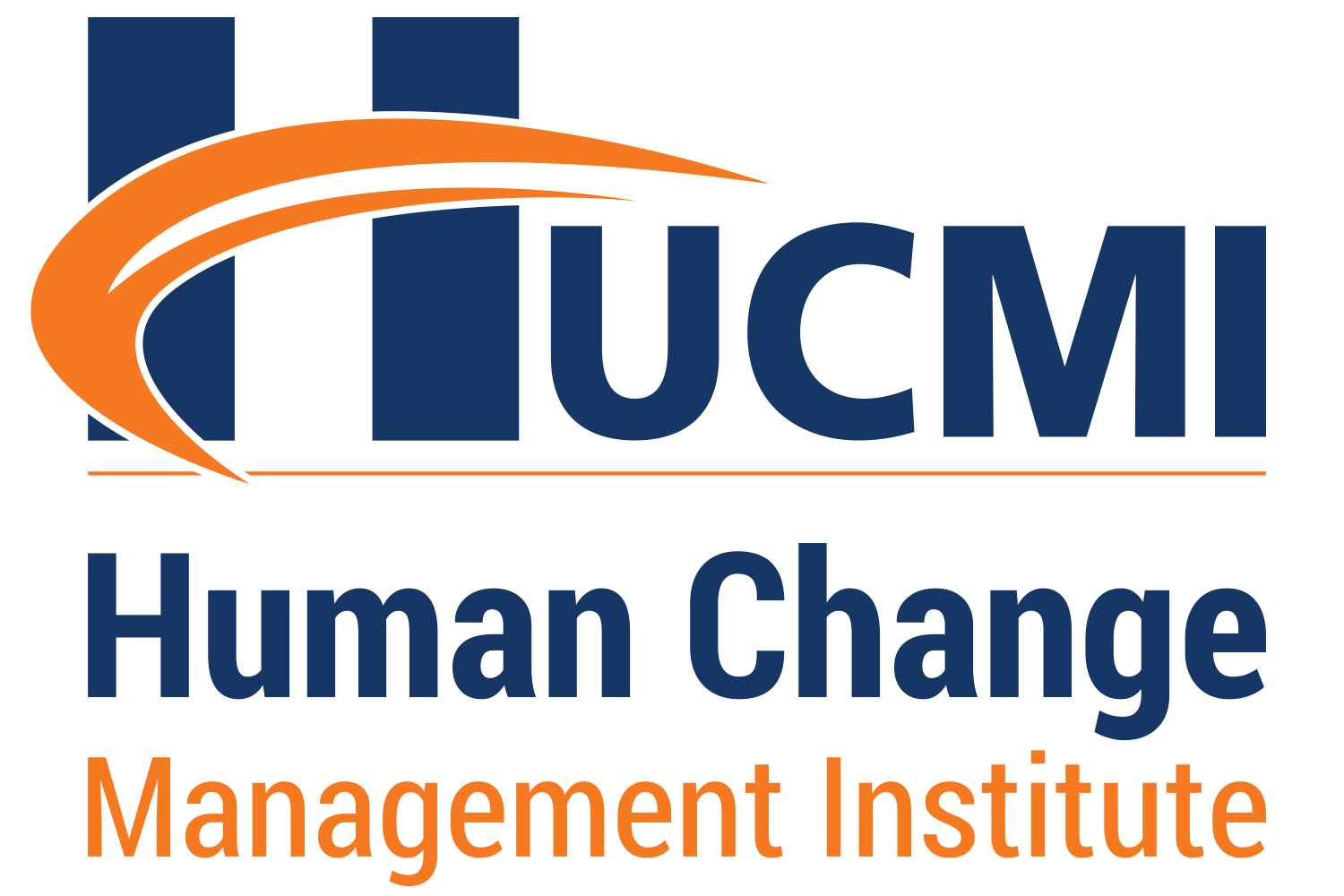“Leaders who act as committed sponsors of change are the main influencing factor for the success of a transformation project.”
This is the conclusion of the Pulse of the Profession® report: Executive Sponsor Engagement, produced by PMI® in 2014.
This report also presents an interesting fact, the result of a survey of thousands of projects: less than two-thirds of projects and programs have defined sponsors. This data shows how far organizations still are from realizing the relevance of change leadership as a critical factor for their transformation.
It’s worth remembering that leaders must act as sponsors of change. They are reference figures vital in influencing stakeholders’ behavior.
Regarding this study, it was found that only 16% of change leaders (sponsors) rarely or never feel overloaded.
Work overload is a relevant issue and to reduce it will require actions that directly affect how leaders operate. Among these actions, we can highlight:
Delegation
Great leaders are masters in building self-managing teams that, operating within defined limits and restrictions, with clearly defined roles and responsibilities, can greatly reduce leaders’ involvement in operational issues. The command-and-control culture still prevails in many organizations, perhaps as a legacy of the Industrial Revolution. However, empowering, delegating, encouraging team self-organization, and directing their energy towards results management is a good practice that will free up your schedule to look into the future without losing sight of present results. People who feel confident to make decisions and self-organize team actions demonstrate greater commitment and enthusiasm to overcome challenges and achieve extraordinary results.
Focus on Present and Future
We know that delivering short-term results is fundamental for the organization’s sustainability. However, longevity is linked to continuous organizational transformation. Technological advancements, geopolitical, sociocultural, environmental, market, and even epidemiological changes demand increasingly complex changes, sometimes affecting the entire organization. Becoming more efficient and effective in implementing new management models and competitive differentiators are challenges that will influence an organization’s survival. Balancing focus on short-term results with the organization’s future vision is a major challenge but essential, as good results today do not guarantee that the same results will be achieved tomorrow using the same formulas.
Promoting the Culture of Change Management and Leadership
Change leadership must be part of the organizational culture, involving various layers of the leadership team. Focus is the enemy of diversification. Delegating and empowering other change leaders can be great for professional development and, at the same time, alleviate the burden on the top echelon.
Organizational Redesign
The successful formula from the past may require changes to ensure future success. Redesigning organizational structures, balancing roles and responsibilities more equitably, can ensure the necessary balance for leaders to have time to work on organizational transformation.
Adequate Prioritization of the Portfolio of Programs and Projects:
Selecting programs and projects that will be a priority is a fundamental factor in maintaining focus on strategic objectives that will ensure the organization’s competitiveness in the future. There will always be more initiatives than the organization can actually carry out. Stuffing the portfolio with programs and projects that, although sensational on paper, will have little chance of success due to lack of leadership is of no use. Consider the ability to lead changes as one of the decisive factors in approving an investment.
Optimization in Conducting Meetings
Meetings are essential for alignment and participatory decision-making. However, many meetings lack the necessary discipline and waste valuable time on unnecessary slide presentations and peripheral discussions that divert attention from issues that truly lead to effective decision-making. There are various methods that can be applied to reduce this overload.
In the next article we will explore more about change leadership. To read it click on Managing changes isn’t the same as leading them.
Want to learn more about managing and leading organizational changes?
Visit our website https://hucmi.com/ and see the schedule of Change Management training and certification.
Follow us on social media: https://linktr.ee/hucmiinter


